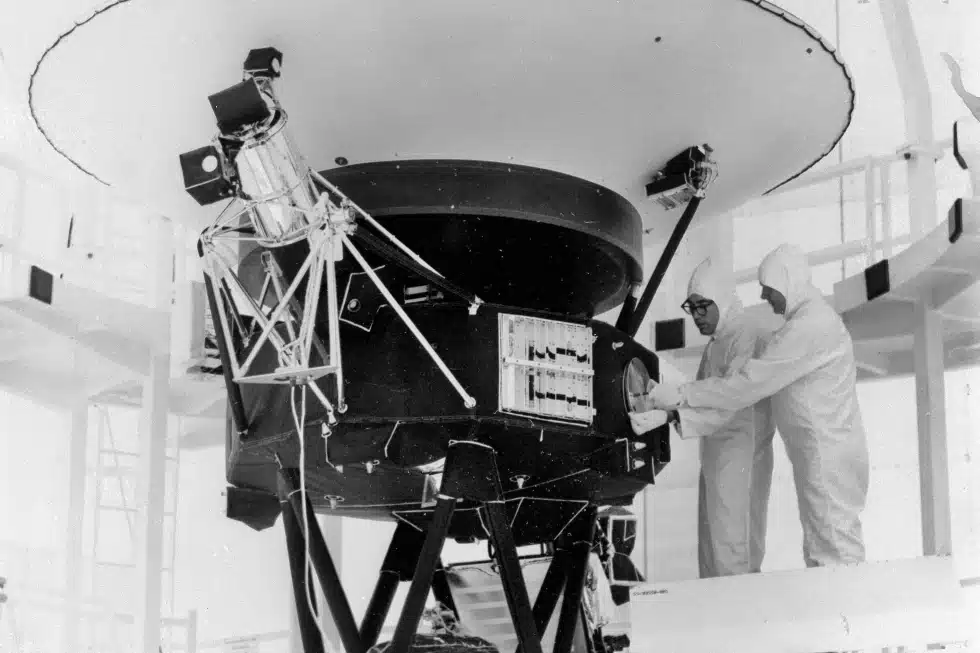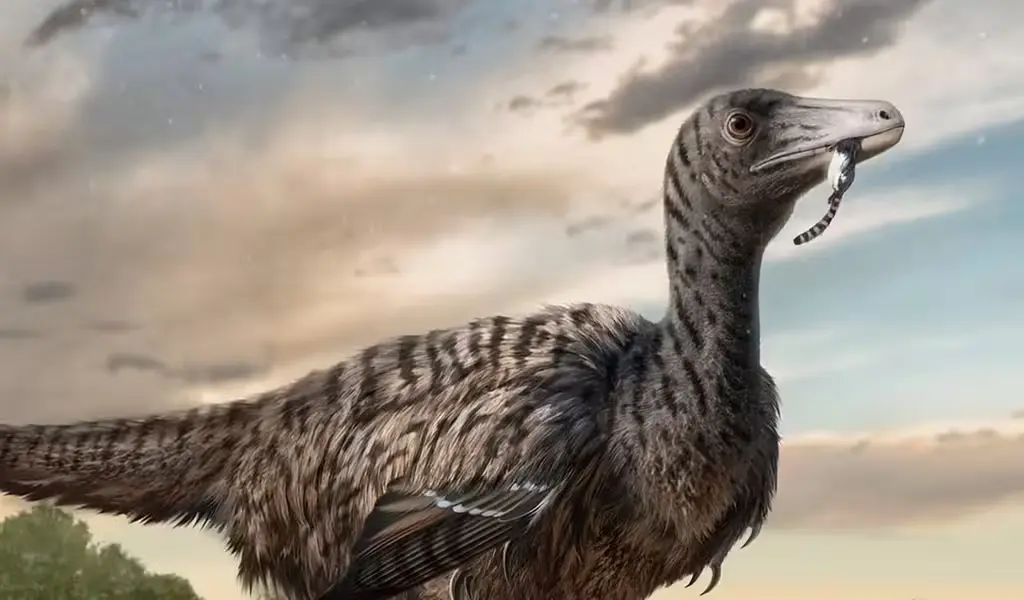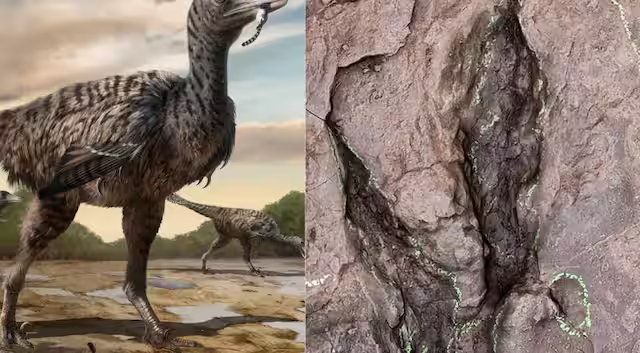Science
Thailand’s Vaccine Plants to Start Production Later this Year
When Thailand scrambled two years ago for a vaccine to fight the H1N1 pandemic that spread quickly across the world, health authorities hit a roadblock faced by many developing countries: they couldn’t afford enough vaccines without breaking their budget.
Thailand is about to change that with two drug production plants expected to go onstream in 2011 and 2012 that will provide affordable medicines as well as independence from Western pharmaceutical giants during crises.
One plant will manufacture essential medicines while the other will produce seasonal and pandemic flu vaccines for its 65-million strong population, making Thailand one of a handful of countries in Asia building their vaccine-making capability.
In Asia, Japan and South Korea have well-established vaccine makers, while China and India are fast becoming substantial vaccine producers manufacturing vaccines against tuberculosis, measles, hepatitis, Japanese encephalitis, rubella, mumps, rabies, pertussis, tetanus, typhoid, and influenza.
Like most developing countries in the world, Thailand realized its vulnerability in 2009 when rich nations snapped up as many H1N1 swine flu vaccines as Western pharmaceutical giants could produce.
That forced the World Health Organisation to step in and obtain pledges from countries and partners to donate vaccines to around 100 low- and middle-income countries.
“During the H1N1 pandemic (in 2009), we tried to get money from our government to buy vaccine from Western pharmaceuticals,” said Witit Artavatkun, managing director of Thailand’s Government Pharmaceutical Organisation (GPO), which will manage and operate the two plants.
“But 600 million Thai Baht ($19.6 million) bought us only 2 million doses, and we have 65 million people. The gap is huge.”
The new vaccine plant in Saraburi will employ Russian technology, which was transferred under an umbrella WHO project initiated in 2006 to boost global flu vaccine production capacity, particularly in countries lacking in such technology.
“The plant will be completed in 2012 and produce vaccines for pandemic flu and seasonal flu. It is for national security, not commercial reasons. We produce to cover our population in times of pandemics,” Witit said in an interview.
The vaccine plant will manufacture a trial H1N1 vaccine once it is up and running, and launch its seasonal flu vaccine by 2015.
“We will use the H1N1 as a platform … If we are hit by a pandemic (flu virus) that is a totally different (strain), we can make use of the same process (production chain),” he said.
GPO plans to distribute pandemic vaccines free to Thais in the future while seasonal flu vaccines will cost substantially less than imported vaccines.
RAISES PRODUCTION OF ESSENTIAL CHEAP GENERICS
Healthcare is a hot issue in Thailand, a country with wide wealth disparity. While the richest 20 percent of its citizens command 58.6 percent of the wealth, 26.5 percent live on $2 a day, according to the World Bank.
The country is headed for elections in July and its medical and healthcare sectors are closely watching what key candidates have to offer to improve healthcare.
Thailand’s total healthcare expenditure made up 4.3 percent of its GDP in 2009, compared with China’s 4.6 percent and Vietnam’s 7.2 percent.
“What’s the use of a government that doesn’t take care of healthcare or education?” said Saree Aongsomwang of the Foundation for Consumers.
Former premier Thaksin Shinawatra, who was ousted in a military coup in 2006, is remembered even by his critics for implementing a universal healthcare insurance scheme in 2001, which made basic treatment accessible to the poor.
Thailand’s healthcare was given booster shots in 2006, 2007, and 2008 by the military-led government when it defied big foreign business and issued “compulsory licenses” covering two drugs for AIDS, one for the heart and four for cancer.
These licenses allowed the state to override patents held by foreign drugmakers and produce the drugs locally or import cheap generic versions of these medicines.
By end-2011, GPO will bring onstream a large drug production plant that will churn out these essential medicines, including anti-AIDS drugs efavirenz and lopinovir/ritonavir, and drugs for diabetes, hypertension, heart disease, hepatitis, renal failure, psychosis, and intestinal diseases, Witit said.
Efavirenz, known for its brand Stocrin, is produced by Merck Sharp & Dohme, while Abbott Laboratories produces lopinovir/ritonovir under the brand Kaletra.
Located in Rangsit, 40 km (25 miles) from Bangkok, the new drug plant will have a production capacity of 10 billion tablets a year, or double the combined capacity of GPO’s string of small plants in Bangkok city now.
“We have a lot of diabetes, hypertension, renal failure. The number of patients is increasing,” Witit said.
“We are interested in exporting (generic drugs) … right now we export small amounts to Laos, Cambodia, Myanmar. In the future we hope to export to ASEAN countries, the emerging markets with half a billion people,” he said.
BRACES TO TACKLE CHRONIC DISEASES
Since it began importing cheaper generic AIDS drugs from India, Thailand has been saving 200 million baht each year which it uses on other patients, like those with renal diseases, said Pongsadhorn Pokpermdee, health economist and a deputy of the public health office of Nongbualanpoo, a northeastern province.
But while everyone has access to basic healthcare, health expenditure is low at $168 per head a year and Thais still need to pay out of pocket for more sophisticated treatment and advanced drugs. China spends $177 per capita on healthcare, Cambodia $42, Malaysia $336, and Japan $3,321.
Sunchunee Narkdee, a 32-year-old renal patient in Thailand, spends her entire monthly wage on dialysis treatment twice a week.
“The Thai princess subsidizes two-thirds of the cost of dialysis treatments at the center I go to,” said Sunchunee who has to fork out a hefty 8,000 baht each month for medical bills. Her family helps her out with half that amount.
“Other hospitals are more expensive and some patients can’t afford it at all so they just stop treatment and wait to die.”
Health activists are urging the government to expand its list of free services and essential drugs to cover some cancers and other chronic diseases.
“The government should prioritize expensive, essential drugs that are covered by patents and issue more compulsory licenses,” said Saichol Saradatta of the Cancer Patients Network.
But Pongsadhorn, who has worked for a year with other experts to cut the price of the cancer drug rituximab, is not optimistic that more such licenses will be issued.
Rituximab is sold under the brand Rituxan by Roche Holding AG (ROG.VX) and Biogen Idec Inc to fight lymphocytic leukemia.
“The government is concerned about (the backlash) on Thai exports,” Pongsadhorn said.

Science
NASA Switches Off Instrument On Voyager 2 Spacecraft To Save Power

NEW YORK — To save power, NASA turned off another scientific equipment on its long-running Voyager 2 spacecraft.
NASA Switches Off Instrument On the Spacecraft To Save Power
The space agency announced on Tuesday that 2’s plasma science instrument, meant to study the movement of charged atoms, was turned off in late September to allow the spacecraft to continue exploring for as long as possible, which is estimated to be into the 2030s.
NASA turned off a suite of instruments on Voyager 2 and its twin, Voyager 1, after exploring the gas giant planets in the 1980s. Both are currently in interstellar space or the region between stars. The plasma instrument on Voyager 1 stopped working years ago and was finally shut off in 2007.
The remaining four instruments on 2 will continue to collect data on magnetic fields and particles. Its mission is to investigate the regions of space beyond the sun’s protective sphere.
NASA Switches Off Instrument On Voyager 2 Spacecraft To Save Power
It launched in 1977, is the only spacecraft to have visited Uranus and Neptune. It is now more than 12 billion miles (19.31 billion kilometers) from Earth. 1 is more than 15 billion miles (24.14 billion kilometers) beyond Earth.
SOURCE | AP
Science
Hurricane Kirk Could Cause Dangerous Surf Conditions Along The US East Coast

MIAMI — Hurricane Kirk’s waves could generate life-threatening surf and rip current conditions this weekend throughout the United States East Coast, as well as in Bermuda, the Greater Antilles, and the Bahamas, according to forecasters.
Kirk was a Category 3 hurricane in the middle Atlantic Ocean that might grow further but was predicted to stay away from land, according to the Miami-based National Hurricane Center on Thursday.
Hurricane Kirk Could Cause Dangerous Surf Conditions Along The US East Coast
Kirk-generated swells were forecast to reach parts of the Leeward Islands on Friday, Bermuda and the Greater Antilles on Saturday, and the East Coast and the Bahamas on Sunday, according to the center.
No coastal watches or warnings were in effect. The major storm was around 1,130 miles (1,820 kilometers) east of the Leeward Islands, with maximum sustained winds of 125 mph (205 km/h).
Meanwhile, Tropical Storm Leslie formed late Wednesday in the eastern Atlantic and is expected to strengthen into a hurricane in the following days, forecasters said. It was also not considered a threat to the land.
Hurricane Kirk Could Cause Dangerous Surf Conditions Along The US East Coast
The storm was about 540 miles (870 kilometers) southwest of Cabo Verde’s southernmost tip, with maximum sustained winds of 45 mph (75 kph), according to the center.
The storms raged in the Atlantic as rescuers in the United States Southeast sought for missing persons after Hurricane Helene struck last week, leaving a trail of death and devastation.
SOURCE | AP
Science
Giant Fossilised Footprint Of Dinosaur Found in China

(CTN News) – A team of palaeontologists believes they have discovered fossilized footprints of one of China’s largest raptors. The collection of five fossilized dinosaur footprints is half the length of a school bus.
The footprints were discovered in a dinosaur trackway in south-east China in 2020. Scientists believe dinosaurs walked over the muddy river during the Cretaceous period, leaving footprints. Some footprints have been preserved for tens of millions of years.
The dinosaur trackway was unearthed in Longxiang and is around the size of a hockey rink. Some of the footprints are unusually formed, with intact imprints of only two toes.
Fossilised footprint of megaraptor found in China

Giant fossil footprints lead to megaraptor dinosaur discovery in China
Raptors, or predatory birds, are often small and referred to as deinonychosaurs. For example, a Velociraptor is around the size of a turkey. Few raptors, such as the Utahraptor and Dakotaraptor, increased in size significantly, reaching lengths of 5 to 6 metres. The Triassic ichthyosaur was the largest raptor known until now.
According to the scientists, the predator would have attacked its prey with a pair of huge “killing claws” on each foot.
What scientists discovered recently in China is massive, far larger than the largest superpredator known to date.
Scott Persons of the College of Charleston in South Carolina, and his colleagues, added another large raptor to the list. They named it Fujianipus, and they believe it lived in East Asia some 96 million years ago.

Scott Persons at the College of Charleston in South Carolina and his colleagues added another giant raptor to the list. They named it Fujianipus, and they say it lived in East Asia about 96 million years ago. Photograph:(Twitter)
Persons and his colleagues are currently working on areas of Fujianipus’ skeleton, therefore little is known. The investigators only discovered a few of its 36-centimetre-long imprints.
“Preservation conditions were right for footprints but not so great for bones,” Persons said. However, scientists are certain that the footprints belong to a raptor because each one contains the imprint of only two toes, which corresponds to the foot anatomy of raptors. Raptors generally have three toes, but they keep one off the ground to preserve the big claw at the tip from wear and tear.
People believe Fujianipus demonstrates that raptors had the ability to grow much larger and compete with the largest predatory dinosaurs on the landscape at the time – allosauroids, some of which exceeded 10 metres or more in length.
According to Persons, raptors had an advantage over allosauroids in terms of speed. However, without fossilized leg bones, the researchers cannot correctly measure Fujianipus’ speed.
-

 News4 years ago
News4 years agoLet’s Know About Ultra High Net Worth Individual
-
Entertainment2 years ago
Mabelle Prior: The Voice of Hope, Resilience, and Diversity Inspiring Generations
-
News11 years ago
Enviromental Groups Tell Mekong Leaders Lao Dam Evaluation Process Flawed
-

 Health4 years ago
Health4 years agoHow Much Ivermectin Should You Take?
-

 Tech3 years ago
Tech3 years agoTop Forex Brokers of 2023: Reviews and Analysis for Successful Trading
-

 Lifestyles3 years ago
Lifestyles3 years agoAries Soulmate Signs
-

 Entertainment3 years ago
Entertainment3 years agoWhat Should I Do If Disney Plus Keeps Logging Me Out of TV?
-

 Health3 years ago
Health3 years agoCan I Buy Ivermectin Without A Prescription in the USA?
